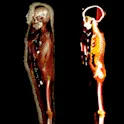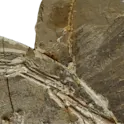
Featured news
25 Jan 2023
Using running to escape everyday stresses may lead to exercise dependence instead of mental wellbeing
By Angharad Brewer Gillham, Frontiers science writer Image/Shutterstock.com Different kinds of escapism can motivate people to take part in running, but using running to escape from negative experiences rather than using it to escape to positive ones may lead to exercise dependence. Recreational running offers a lot of physical and mental health benefits – but some people can develop exercise dependence, a form of addiction to physical activity which can cause health issues. Shockingly, signs of exercise dependence are common even in recreational runners. A study published in Frontiers in Psychology investigated whether the concept of escapism can help us understand the relationship between running, wellbeing, and exercise dependence. “Escapism is an everyday phenomenon among humans, but little is known regarding its motivational underpinnings, how it affects experiences, and the psychological outcomes from it,” said Dr Frode Stenseng of the Norwegian University of Science and Technology, lead author of the paper. Running to explore or to evade? “Escapism is often defined as ‘an activity, a form of entertainment, etc. that helps you avoid or forget unpleasant or boring things’. In other words, many of our everyday activities may be interpreted as escapism,” said Stenseng. “The psychological reward from escapism is […]













